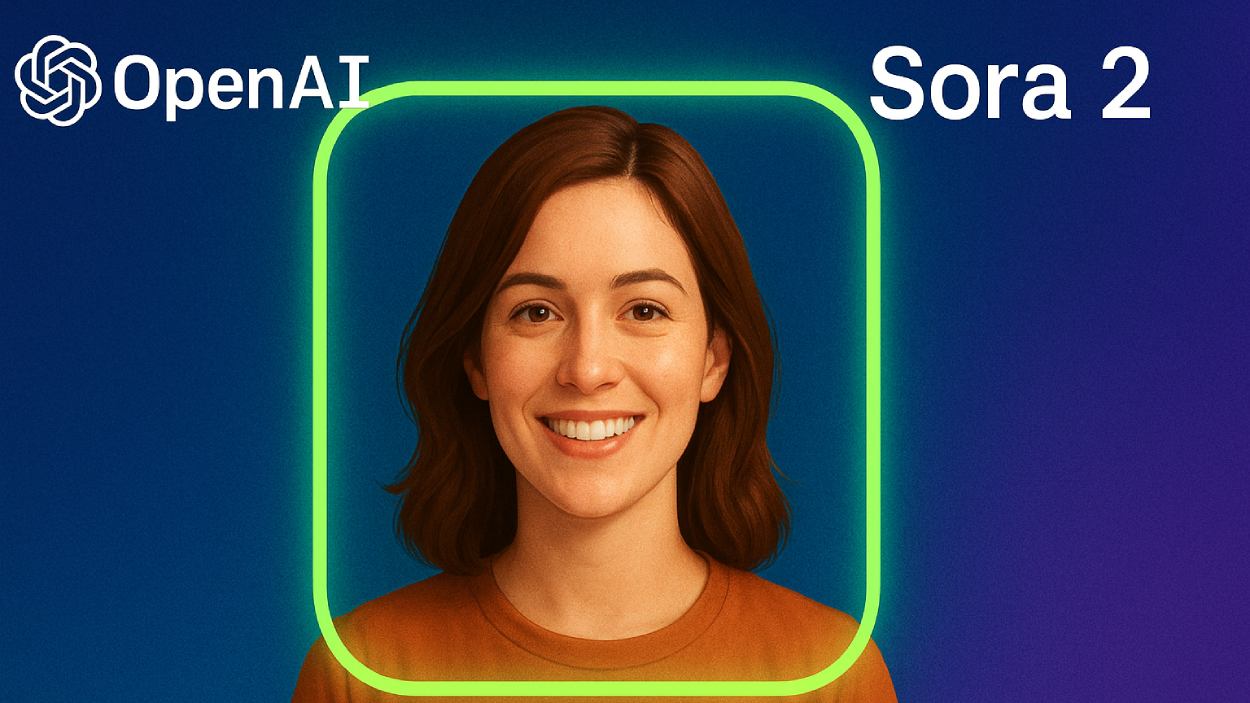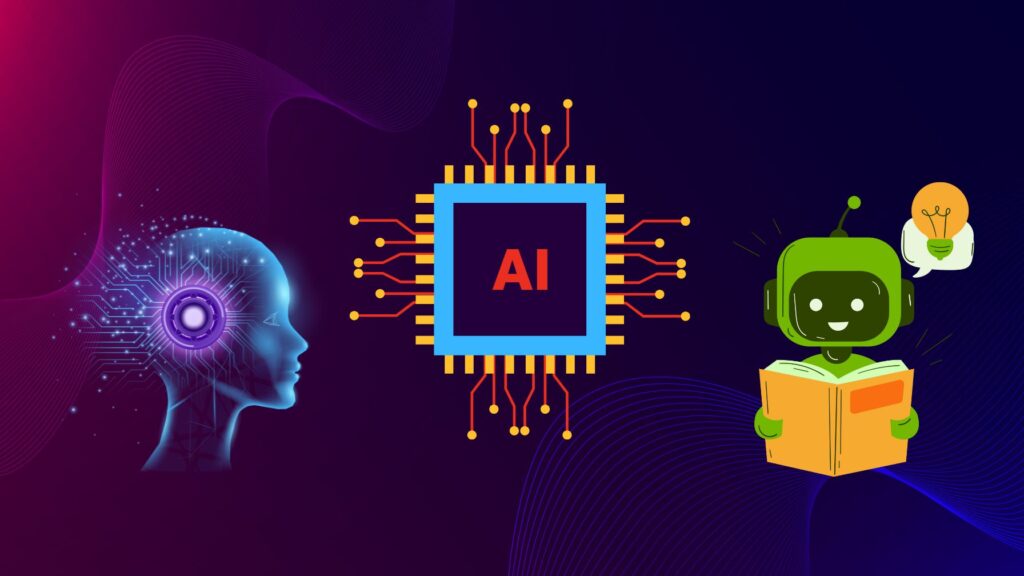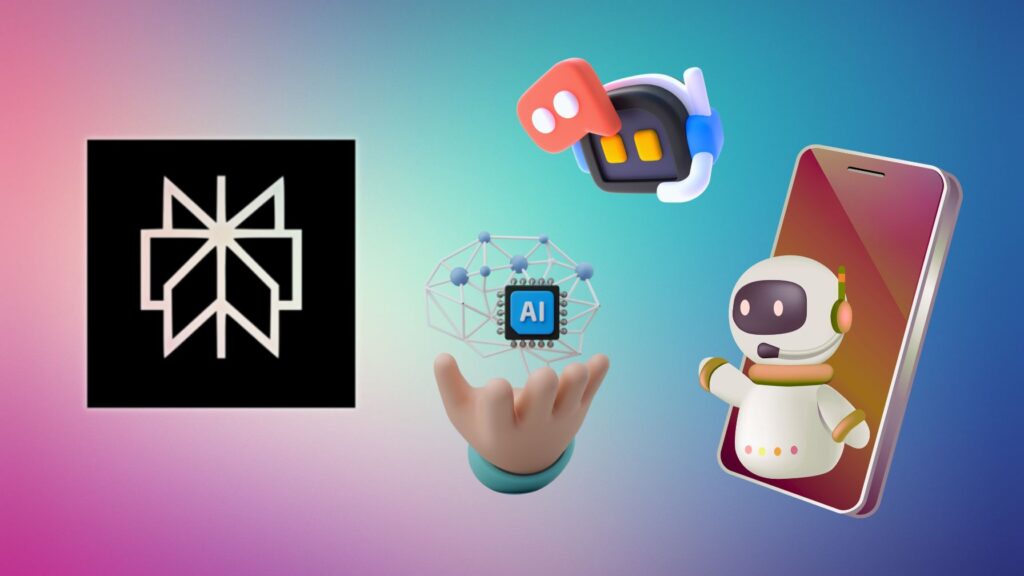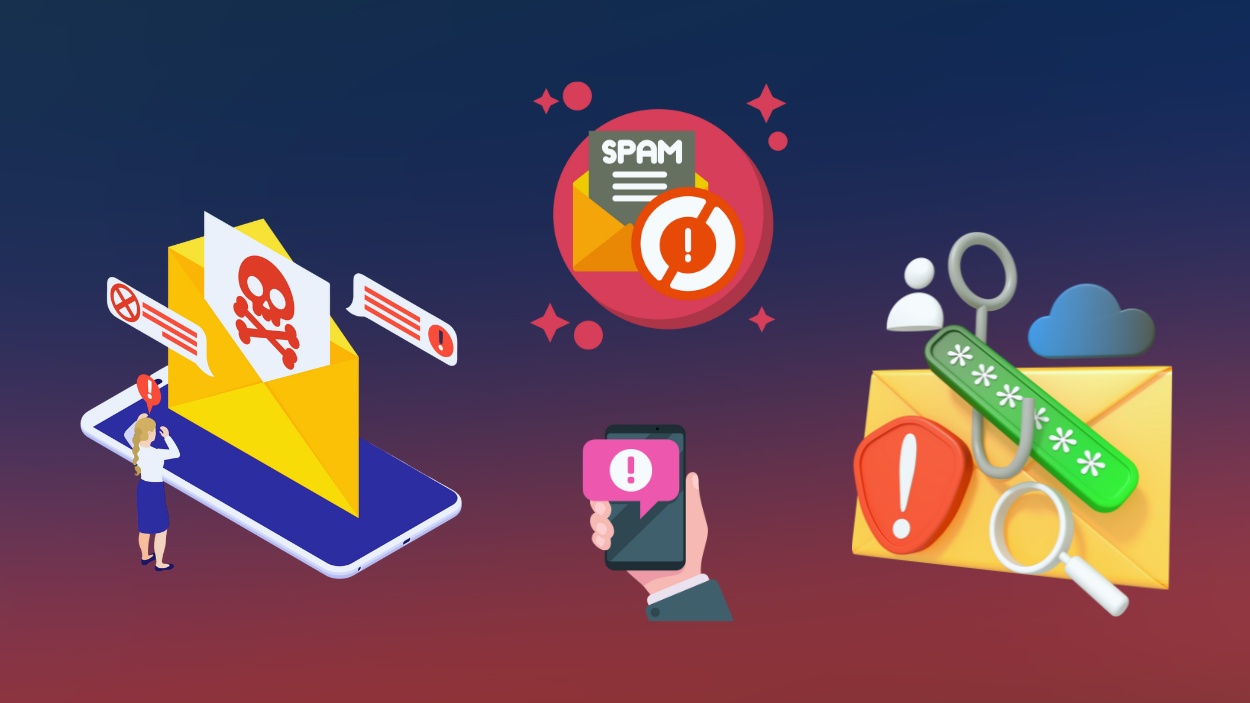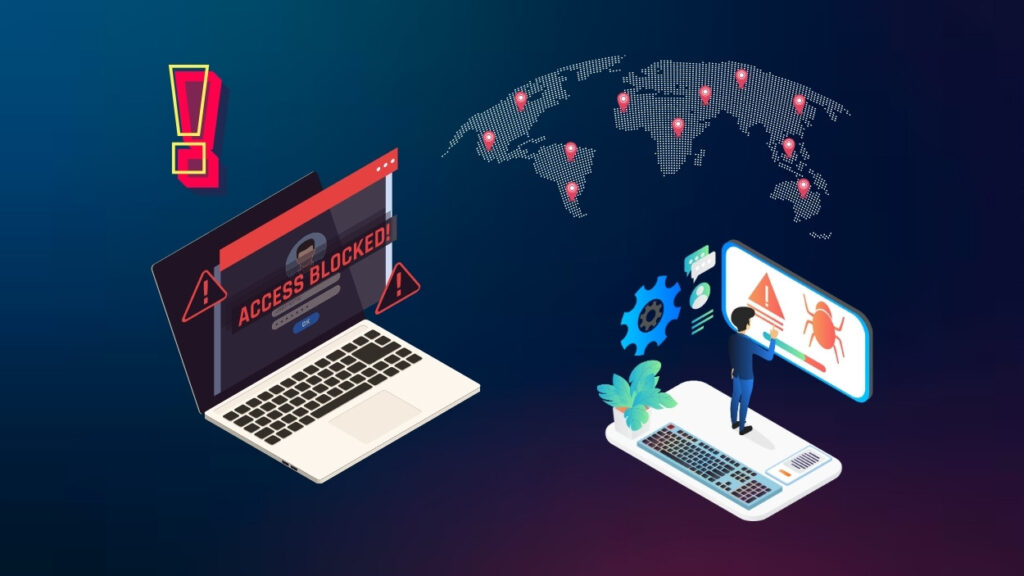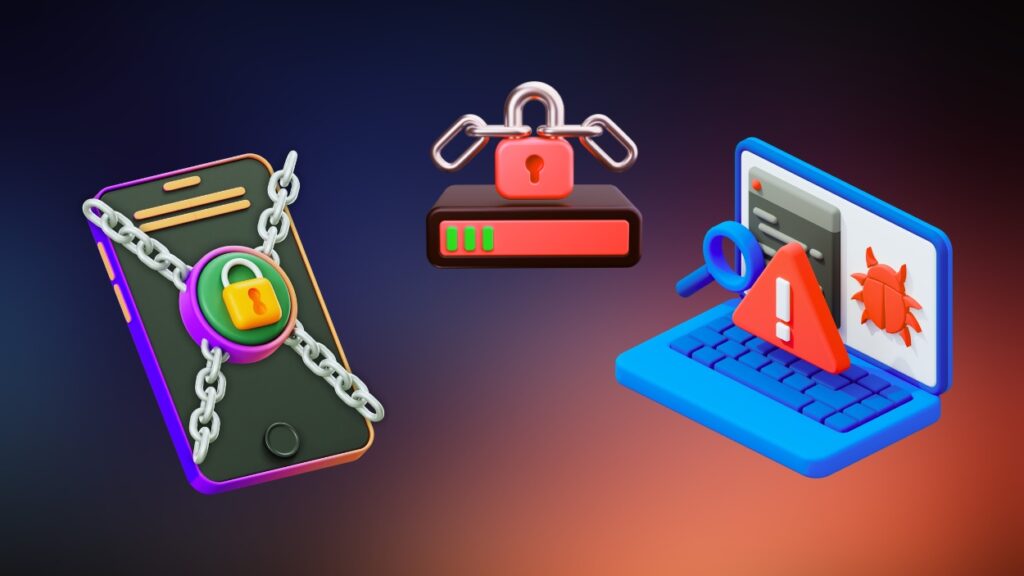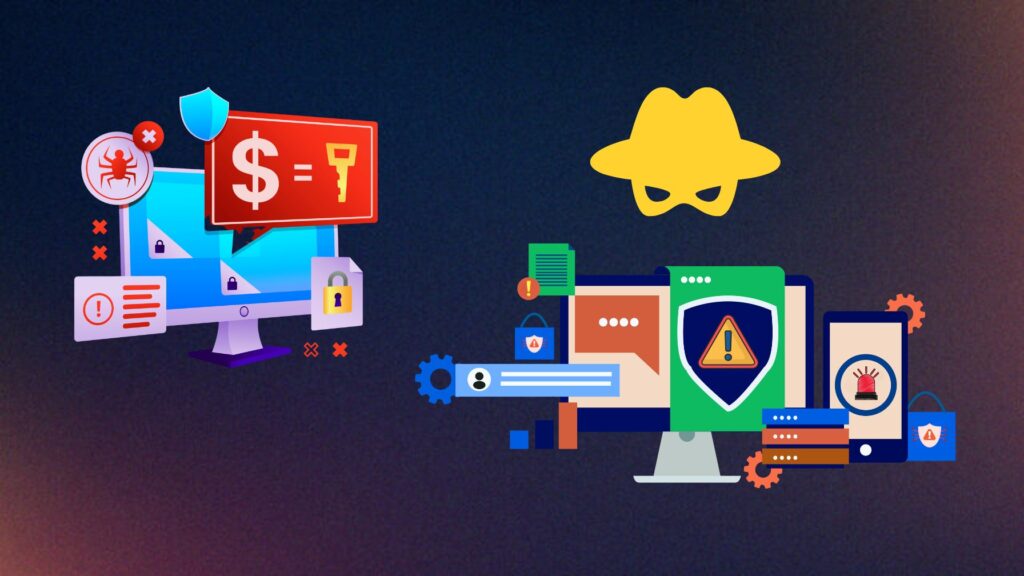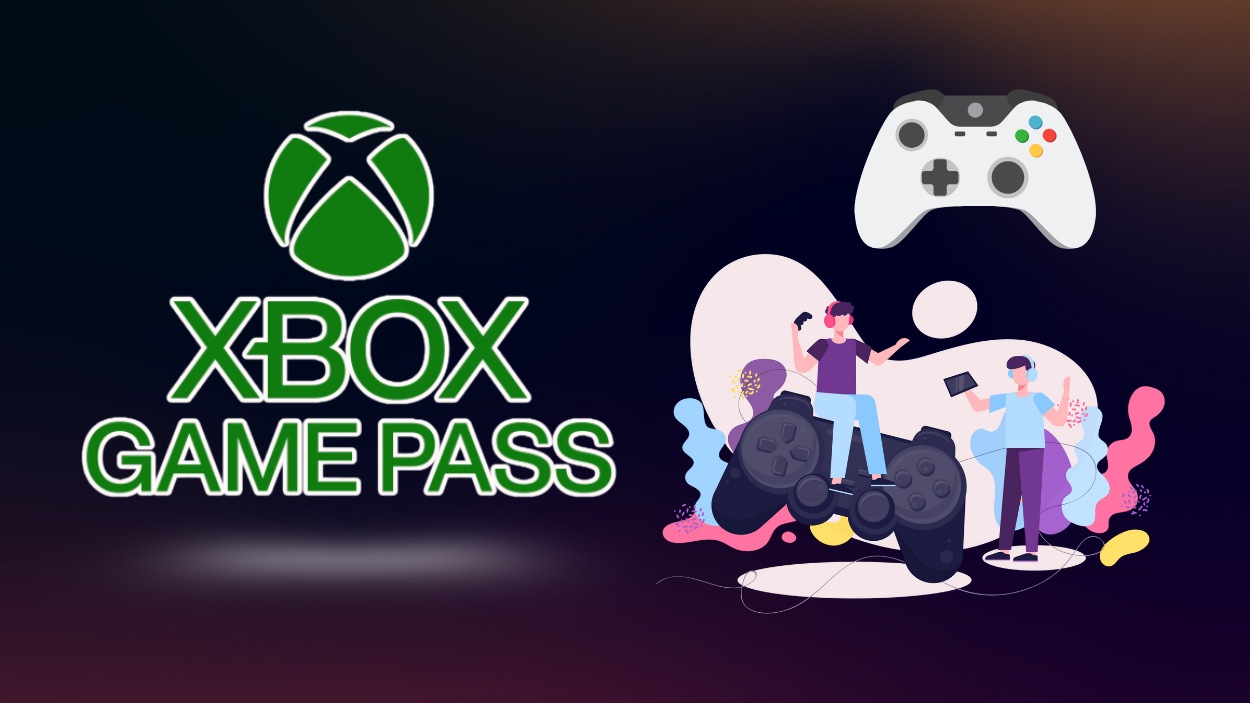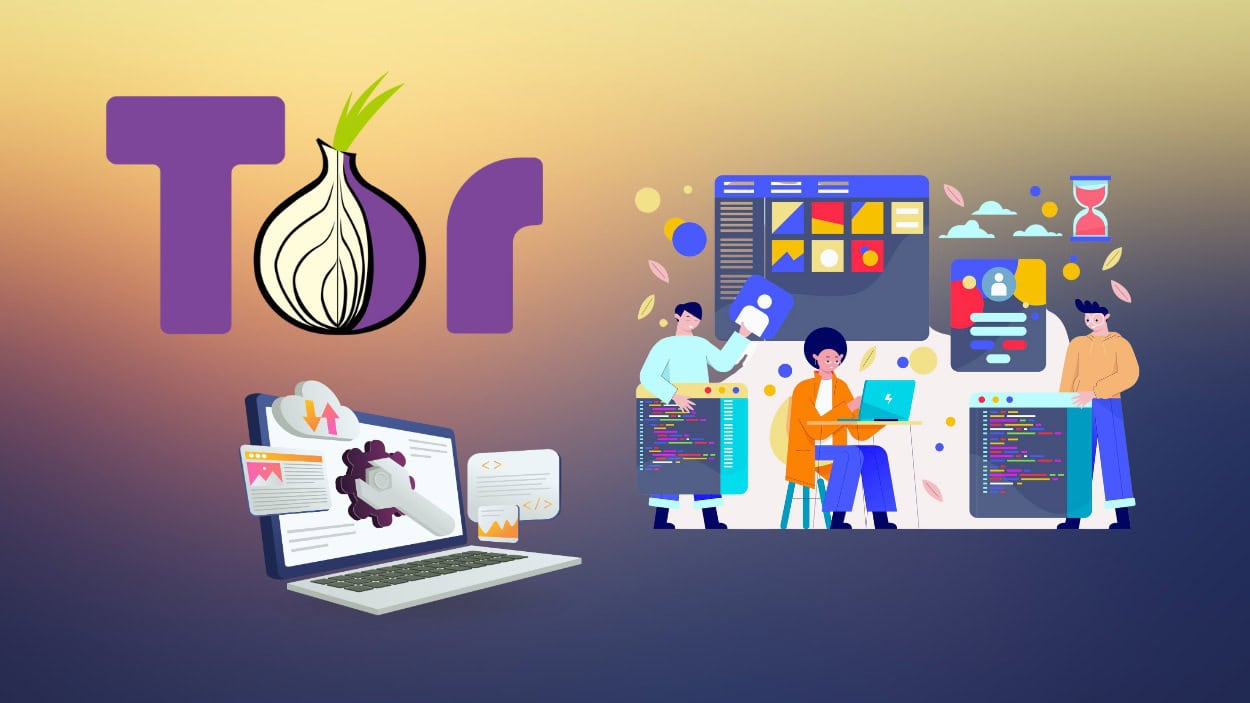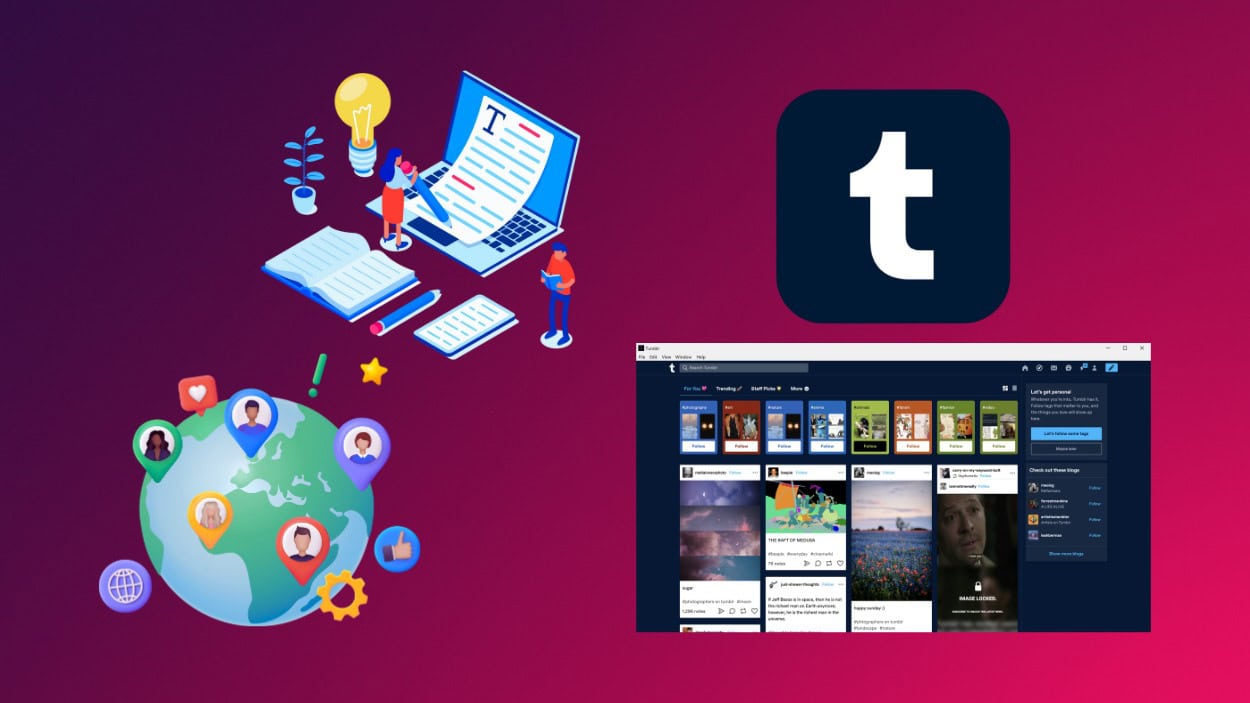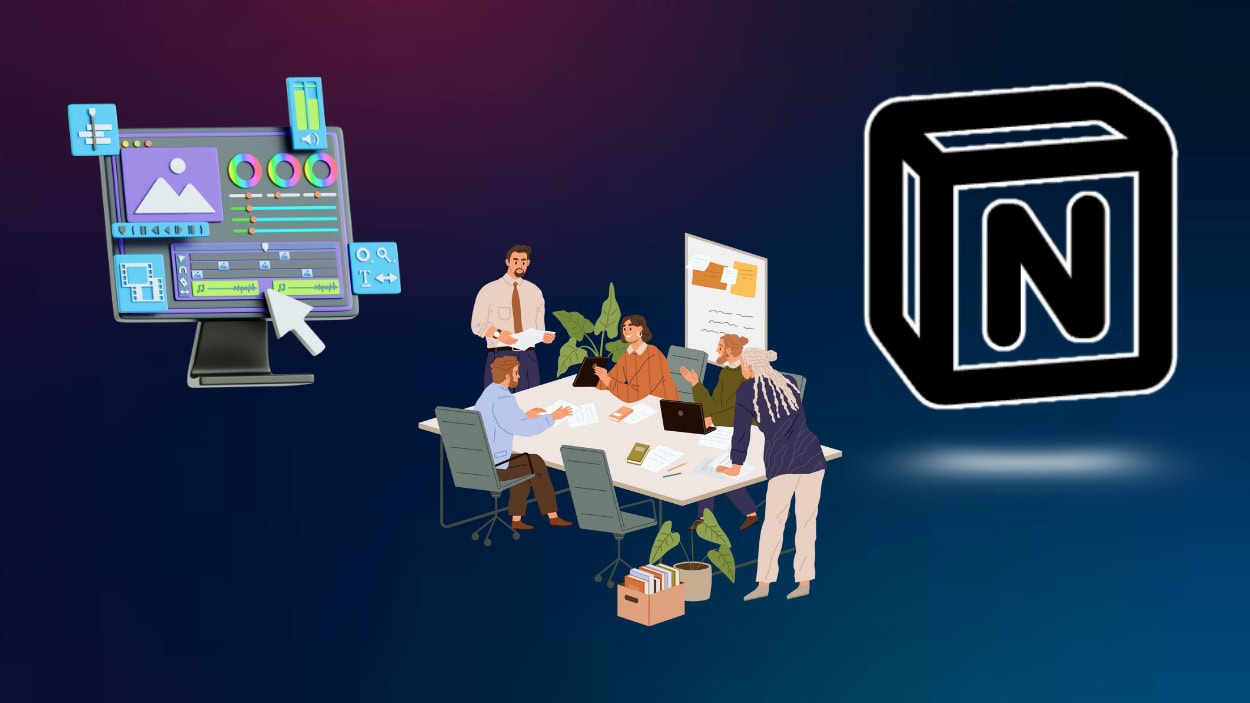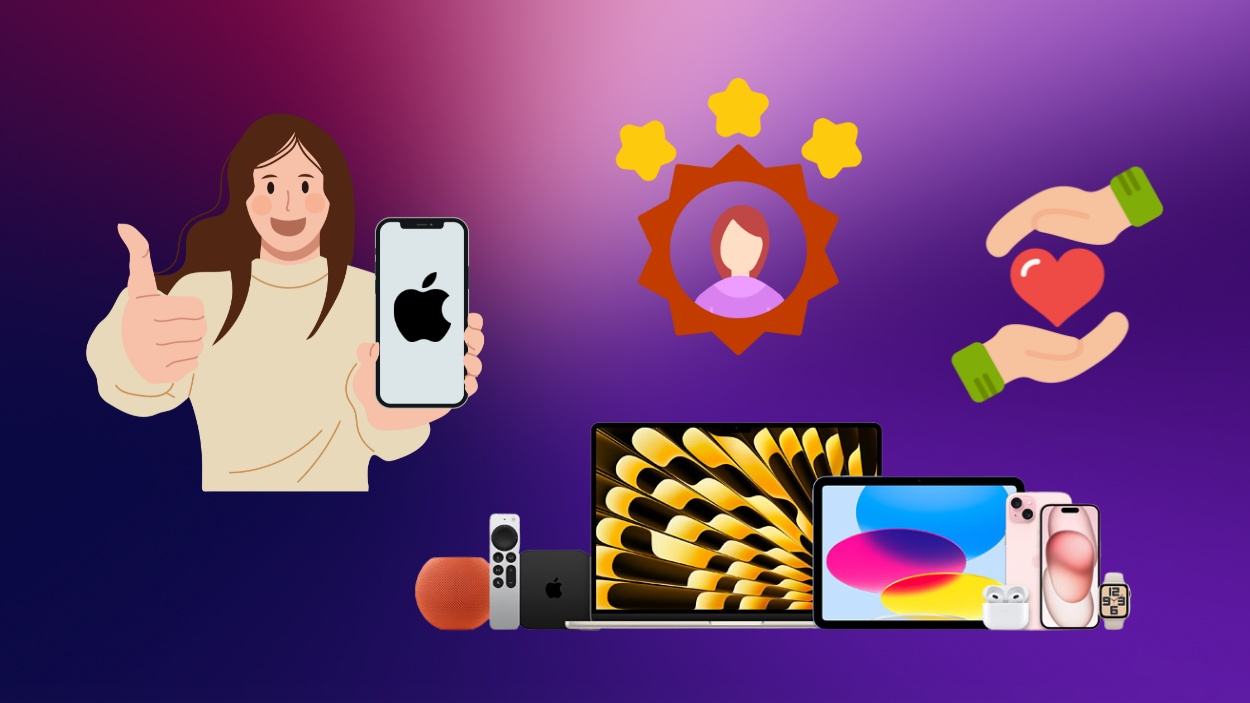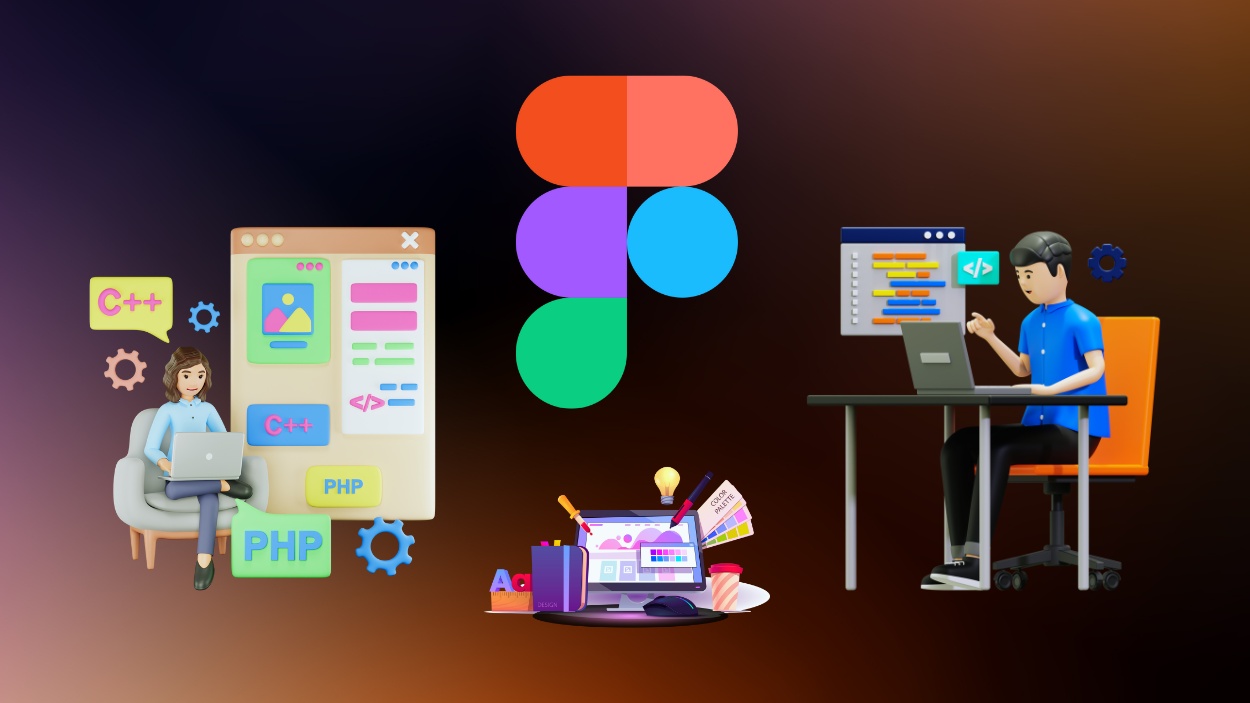A new social app by OpenAI lets users create lifelike AI videos with their own face and voice, marking a bold step toward everyday deepfake technology.
Quick Summary – TLDR:
- OpenAI launched Sora 2, its most advanced AI video generation model, alongside a new invite-only social app for iPhone users.
- The app allows users to create realistic 10-second videos using text prompts and a feature called Cameos to insert themselves or friends.
- Sora 2 videos include synchronized dialogue, sound effects, and physically accurate movements, making them more lifelike than ever.
- OpenAI aims to redefine content creation and social sharing, while emphasizing consent, safety, and wellbeing controls.
What Happened?
OpenAI has launched Sora 2, an upgraded AI video generation model that creates realistic, physics-aware short clips with audio and dialogue. Along with this, it rolled out a new social app, also called Sora, which lets users generate videos from prompts and insert themselves or friends using a feature called Cameos. Initially available only in the US and Canada, the app is invite-only for now.
Sora 2 is here. pic.twitter.com/hy95wDM5nB
— OpenAI (@OpenAI) September 30, 2025
Sora 2 Brings Hollywood-Grade AI Video to Your Phone
With Sora 2, OpenAI is pushing the boundaries of what AI video generation can do. Unlike its earlier model, Sora 2 delivers more realistic movement, sound synchronization, and advanced physical logic. For instance, if a basketball player misses a shot, the ball realistically bounces off the backboard instead of teleporting into the hoop.
Other capabilities of Sora 2 include:
- High-definition video generation using text prompts.
- Realistic audio including background soundscapes, speech, and effects.
- Support for cinematic and anime styles.
- Controllable shot sequences with memory of prior scenes.
OpenAI describes this leap as the GPT-3.5 moment for video, a reference to a dramatic improvement in AI capability.
Introducing Cameos: AI-Enhanced Social Sharing
The most talked-about feature is Cameos, where users can upload a short video and audio clip of themselves, which the app uses to generate a digital version of their likeness. Once created, this cameo can be used in any AI-generated video, either by the user or, with permission, by their friends.
Users have full control over their digital image:
- They can grant or revoke permission for others to use their cameo.
- They can delete videos containing their likeness at any time.
- All cameo-based videos, even drafts, are visible to the original user.
Designed to Compete with TikTok and YouTube Shorts
Sora is styled like TikTok, with vertical swipe-based video feeds, a Remix feature to interact with content, and personalized recommendations. The current generation limit is 10-second videos, though this could expand in the future.
Key differences from existing platforms include:
- A feed optimized for creativity, not screen time.
- AI-powered recommendations guided by natural language.
- Built-in wellbeing checks and parental controls for younger users.
- Focus on social connection, encouraging users to invite friends.
The app is part of OpenAI’s vision for a healthier digital ecosystem, contrasting it with platforms that optimize for endless scrolling and user addiction.
Availability and What’s Next
The Sora app is available now for iOS in the US and Canada, with wider rollout planned. Android support has not yet been announced. Each new user gets four invites to bring in friends, underlining the social-first approach. The app is free to use initially, with some usage limits based on compute availability.
Sora 2 is also available to ChatGPT Pro users on sora.com, where they can access a more advanced version called Sora 2 Pro. OpenAI also plans to release it via API soon.
SQ Magazine Takeaway
I think this is the biggest leap we’ve seen yet in AI-powered video tools. Sora 2 doesn’t just make fun videos, but it brings people into the creative process like never before. The idea that you can drop your face into a scene and make it look real is wild. But what I really appreciate is that OpenAI is at least trying to build it responsibly, with real controls and consent at the center. Still, this raises big questions about how we use and trust video in the future. One thing is clear: we’re entering a whole new era of social media.

